Accelerating the Robot Dream
Empowering robot innovation, providing full-cycle development services, reducing costs, and accelerating the commercialization process.
Contact Us +

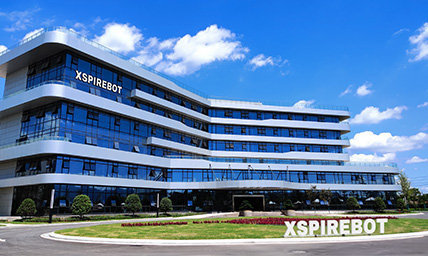
Henan Xspirebot
Xspirebot specializes in the design, production, and servicing of robot platform solutions.
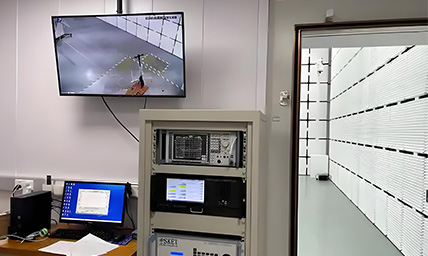
Quality Control
A comprehensive quality control system that manages everything from raw materials to finished products.

Service & After sales
24-hour after-sales service. Please do not hesitate to contact us if you have any questions.

Download
XspireBot provide downloads of product catalogs, product solutions, and user manuals.

Key Member
Ten years of mass production experience and 32 patents in motion control.
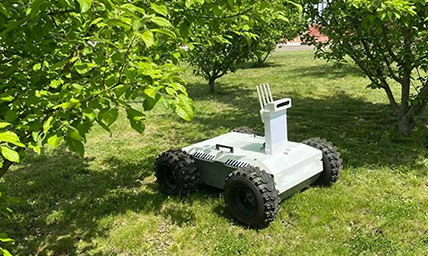
Agricultural Industry
Agricultural robot chassis assists you in field operations such as sowing, spraying, and harvesting.
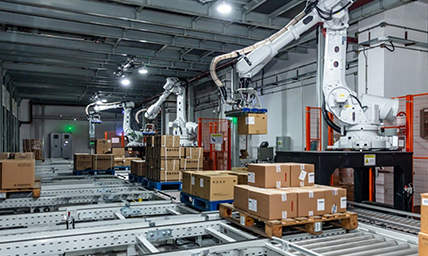
Manufacturing Industry
Industrial robot chassis assist you with tasks such as material handling, assembly, and quality inspection.
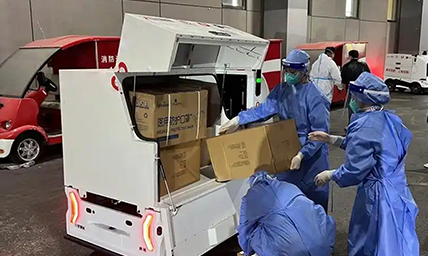
Transportation Industry
Autonomous transport robots that can deliver goods around the clock in urban and industrial environments.
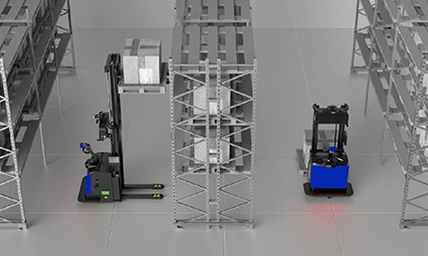
Warehousing Industry
Unmanned transport robots enable full autonomy in cargo stacking & transfer within IoT logistics.
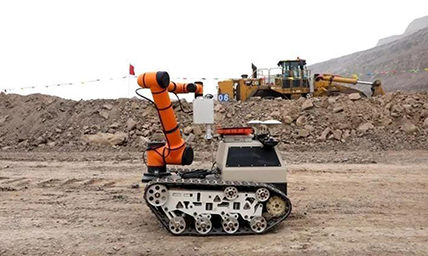
Inspection Industry
Autonomous 24/7 patrols at power facilities, industrial sites, data centers, and other locations.
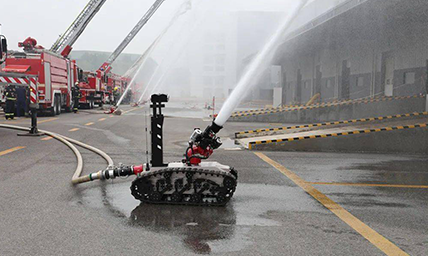
Firefighting Industry
Autonomous fire detection & suppression in high-risk environments: high-rises, chemical plants, and data centers.
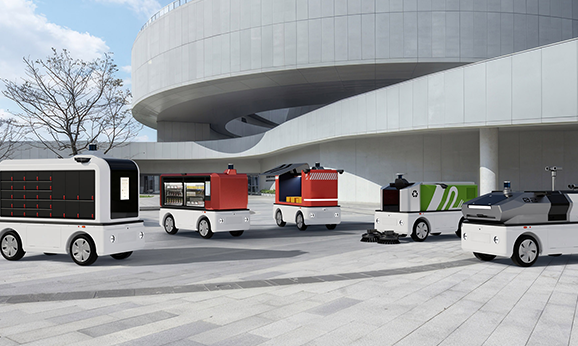
Robot Chassis
Xspirebot offers chassis for indoor and outdoor mobile robots suitable for different terrains.
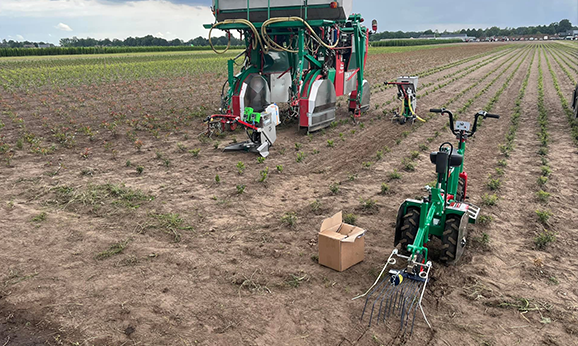
Motors
Drive motor designed for mobile robot chassis, applied to mobile robot platform & agricultural robot chassis.
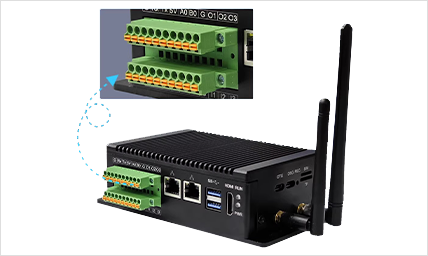
Controller
The controller can control the robot chassis's movement, positioning, obstacle avoidance, path planning, and other motion functions.
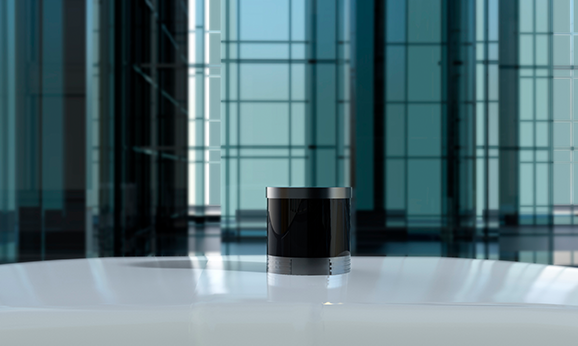
Sensor
Xspirebot offers advanced sensors for autonomous robot platforms: cameras, ultrasonic radar, LiDAR, IMU, & IINS.

Electric Motor Axle
Xspirebot adapts electric transaxle load, power output, & layout to meet customer needs.
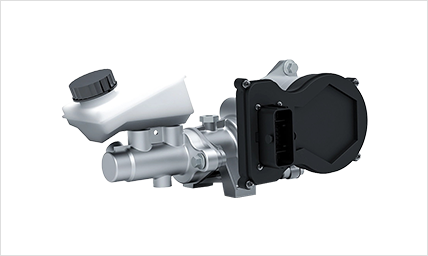
Wired Components
Line control braking & steering enhance vehicle control efficiency & precision via electronic signals.

Energy
Solar panels & batteries offer flexible solutions, letting you choose components to suit your needs.
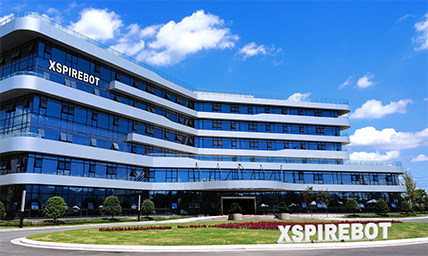
Company News
Xspirebot is committed to helping our customers reduce development costs, shorten the R&D cycle, and accelerate the mass production process through platformized and modularized architectural design and standardized production processes.
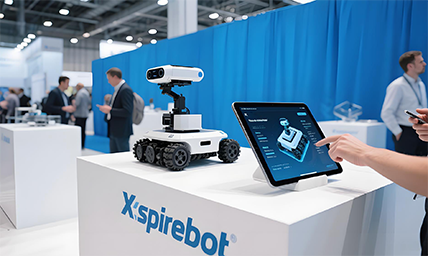
Exhibition News
Xspirebot is committed to helping our customers reduce development costs, shorten the R&D cycle, and accelerate the mass production process through platformized and modularized architectural design and standardized production processes.
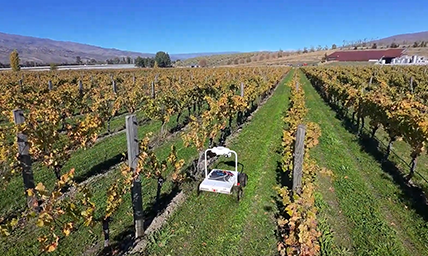
Industry News
Xspirebot is committed to helping our customers reduce development costs, shorten the R&D cycle, and accelerate the mass production process through platformized and modularized architectural design and standardized production processes.
Motor Controller
Precision Control at Your Fingertips – Empowering Your Equipment with Reliable Communication
A CANBus controller specifically designed for autonomous driving robot chassis, featuring microsecond-level response speed and interference resistance, enabling precise coordinated control of vehicle steering, braking, and drive systems. Supports real-time communication across multiple nodes, accommodating high-dynamic data interaction requirements in complex road conditions, ensuring zero-delay and zero-error execution of commands; IP67 protection rating and wide temperature range design, capable of withstanding harsh environments such as vibrations, shocks, and extreme temperatures; Built-in dual redundant verification and fault self-diagnosis functions, continuously monitoring system status to ensure the safe operation of the robot.
Empowering over 100 companies worldwide to achieve efficient interconnection—your next innovation project deserves a reliable communications core. Get your exclusive solution now and start enjoying a new experience of stable communications!
Description
Xspirebot motor controllers are critical electronic systems that regulate motor operation with microsecond-level precision. Its core function is process input signals (e.g., throttle commands, steering inputs) to dynamically adjust motor speed, torque, and direction while ensuring system safety and energy efficiency through advanced control algorithms and real-time monitoring.
A dual-drive CAN bus controller is an electronic control unit used to manage the operation of two motors and communicate via the CAN bus protocol. CAN (Controller Area Network) is a communication standard commonly used in autonomous robots and industrial systems to ensure efficient and secure data exchange between devices.
Typical applications of dual-drive CAN Bus controllers include managing hub motors and differential systems in robotics. For example, in autonomous mobile robots, the controller orchestrates two hub motors to ensure precise torque distribution and synchronized operation
Dual-drive: means controller's capability to drive two motors simultaneously (e.g., left/right wheel motors or front/rear motors), enabling power distribution through independent control (separate torque/speed regulation) or coordinated control (differential steering, torque vectoring).
CANbus: It's a communication protocol based on Controller Area Network, support multi-node real-time data exchange, EMI Immunity and Reliability. Widely adopted in autonomous systems and industrial control.
CAN Bus Communication
Real-Time Command Transmission: receiving real-time instructions (e.g., target speed, steering angle) from the host computer or drive control system through the Controller Area Network (CAN Bus).
Status Feedback: provides real-time telemetry upload of motor operational data—including rotational speed (RPM), temperature, and diagnostic trouble codes (DTCs)—to the host computer or cloud platform. This enables continuous remote monitoring, anomaly detection, and proactive maintenance in autonomous systems like AGVs, agricultural robots, and industrial automation equipment.
Multi-Node Compatibility: supports to share the CAN network with critical onboard devices—such as Battery Management Systems (BMS), LiDAR, IMU, and wheel encoders. This reduces wiring complexity while enhancing system integration efficiency.
Overcurrent & Overtemperature Protection: implement real-time temperature and current monitoring of motor and controller, Trigger power reduction or power-off protection to ensure system safety.
Fault Redundancy: It features dual-redundant fault handling to switch to a safe mode (e.g., single-dive mode or emergency braking) when communication failures or single-motor faults occur. This ensures system continuity and safety compliance in autonomous systems like AGVs, agricultural robots, and industrial automation equipment.
Parameter
| Drive Model | MXES-W100100D120HN-V1 | MXES-W150150D60HN-V1 | ||
| Ratings | Continuous output current | M1:100A | M1:150A | |
| M2:100A | M1:150A | |||
| Main circuit | Input voltage range(V) | 20 to 120V | 20 to 60V | |
| Maximum output current(A) | 100A | 150A | ||
| Specifications | Control method | SVPWM sine wave current drive method | SVPWM sine wave current drive method | |
| Send back information | Encoders | Encoders | ||
| Conditions of Use | Use/storage temperature | 0~ +50℃ /-25 ~ +55℃ | 0~ +50℃ /-25 ~ +55℃ | |
| Use/storage humidity | Below 90%RH (no condensation) | Below 90%RH (no condensation) | ||
| Vibration/shock resistance | 4.9m/s² /19.6m/s2 | 4.9m/s² /19.6m/s2 | ||
| Protection level | IP67 | IP67 | ||
| Protective function | Over-current, over-load, under-voltage, over-voltage, over-temperature | Over-current, over-load, under-voltage, over-voltage, over-temperature | ||
| Gas pedal | Input Range | 0~5V | 0~5V | |
| Driver Model | BRTFOC485 | BRTFOC485 (high power) | |
| Key parameters | Voltage Range (V) | 12/80 | 12/80 |
| Continuous Current (A) | 16 | 36 | |
| Maximum Current (A) | 32 | 72 | |
| Power (W) | 200、 500、800 | 1000、 1200、 1500、 1800 | |
| Speed (erpm) | 200000 | 200000 | |
| Communication Method | MODBUS-RTU( RS485) 、CAN、CANOPEN | MODBUS-RTU( RS485) 、CAN、CANOPEN | |
| Motor matching | Intelligent Motor Parameter Recognition | √ | √ |
| Protection | Overvoltage Protection | √ | √ |
| Undervoltage Protection | √ | √ | |
| Overcurrent Protection | √ | √ | |
| Overtemperature Protection | √ | √ | |
| Constant Power Output | √ | √ | |
| closed loop | Current Loop | √ | √ |
| Speed Loop | √ | √ | |
| Position Loop | √ | √ | |
| Control method | Analog (ADC) Control | √ | √ |
| PPM Control | √ | √ | |
| Motor sensor | Sensorless FOC | √ | √ |
| Hall + AB Encoder | √ | √ | |
| Encoder | ABZ | ABZ | |
| Hall | √ | √ | |
| Configuration method | USB Type-C | √ | √ |
| Status display | Status Light | √ | √ |
| Error Light | √ | √ | |
| I/O | Configurable Input | 2 | 2 |
| Configurable Output | 1 | 1 | |
| connector | Plug-and-Play | √ | √ |
| Operating environment | Temperature | -40℃ ~80℃ | -40℃ ~80℃ |
Core Functions
Real-Time Command Transmission
Receiving real-time instructions (e.g., target speed, steering angle) from the host computer or drive control system through the Controller Area Network (CAN Bus).
Status Feedback
Provides real-time telemetry upload of motor operational data—including rotational speed (RPM), temperature, and diagnostic trouble codes (DTCs)—to the host computer or cloud platform. This enables continuous remote monitoring, anomaly detection, and proactive maintenance in autonomous systems like AGVs, agricultural robots, and industrial automation equipment.
Multi-Node Compatibility
Supports to share the CAN network with critical onboard devices—such as Battery Management Systems (BMS), LiDAR, IMU, and wheel encoders. This reduces wiring complexity while enhancing system integration efficiency.
Overcurrent & Overtemperature Protection
Implement real-time temperature and current monitoring of motor and controller, Trigger power reduction or power-off protection to ensure system safety.
Fault Redundancy
It features dual-redundant fault handling to switch to a safe mode (e.g., single-dive mode or emergency braking) when communication failures or single-motor faults occur. This ensures system continuity and safety compliance in autonomous systems like AGVs, agricultural robots, and industrial automation equipment.
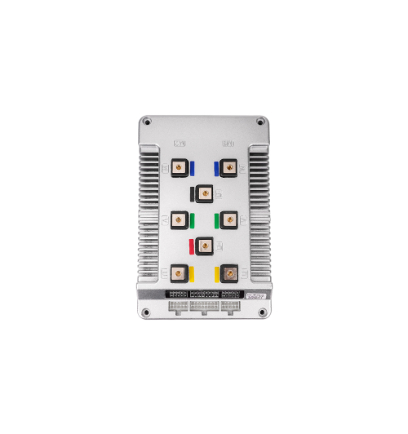
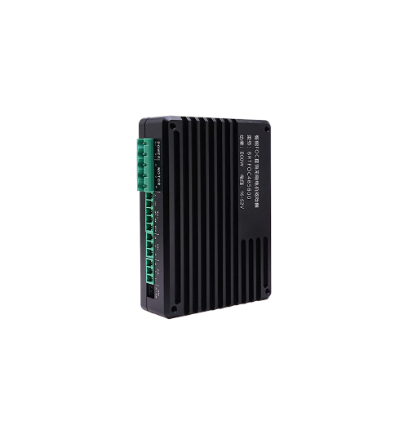
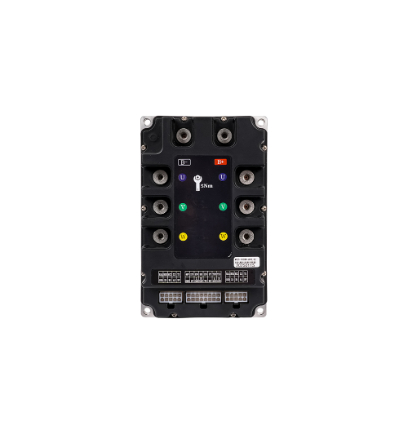
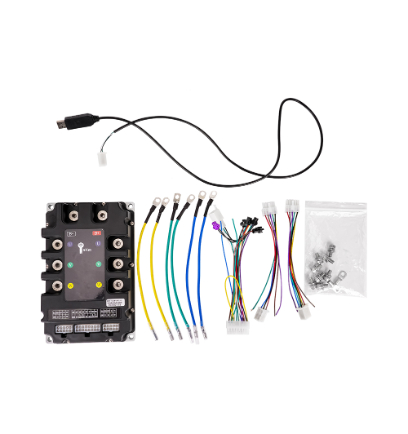
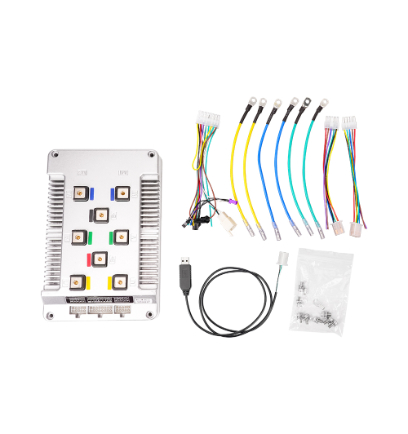
Product Classification
Accelerating the Robot Dream
Empowering robot innovation, providing full-cycle development services, reducing costs, and accelerating the commercialization process.
Contact Us +